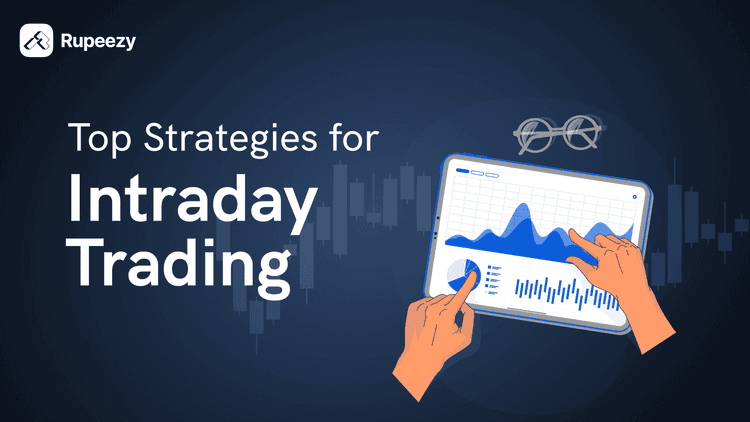Calculate the Amount of Gain Needed to Recover Losses in the Stock Market


00:00 / 00:00
Gain needed to make up for a loss
Losses are common in stock market portfolios on account of movements in the market relating to the price of investments.
Such losses are capital losses, and people face them to end the pain of seeing their stock prices going down and sell them at a price lower than what they paid to buy.
They say it is better to recover the loss even if one has to tighten their financial belts.
Many underestimate the percentage of gains required to recover from investment loss, especially when they are big on their portfolio.
When investors suffer losses, they need a higher return than the loss to reach the break-even.
Losses can significantly damage one’s portfolio, and this is felt while calculating the returns and the time needed to get back to the stock price for which it was bought.
This is because a market drops quickly but is seen to recover and move up slowly. As the losses start to get large, the percentage return required to recover to reach break-even keeps increasing faster.
Mathematical Aspect
The return percentage is calculated from the starting point taken to be the base to the ending point.
If an investment is worth Rs 100, a 20% increase will make it worth $120, and a 20% drop will bring it down to $80 only, which will be the new starting point.
Getting the investment amount back to $100 requires $20, and if we divide 20 by 80, a 25% gain is needed to recover.
If this were a 10% loss, it would need 11%, but a 50% would need a 100% gain.
Once the loss percentage crosses 50%, the recovery number starts getting ugly where they demand double, triple, and more than that.
The larger the loss percentage, the greater the return percentage needed to recover, and the greater the investor’s pain.
Psychological Aspect
Okay, now this is all about maths in the stock market, but what about psychology in this subject? Investors should be able to mentally admit that they have incurred a loss, which is expected in trading.
The investor should give some time to heal the process and only keep a close watch on the market situation.
Huge losses incurred might disrupt the decision-making skill and stop trading for a few days until the confidence is regained.
There should be the right focus to approach the right opportunities, and there should not be any regrets of any loss during trading.
Key Takeaway
The financial and psychological ability of the investor will take him to the next level in trading, and the secret is to allow oneself to learn and grow in the same process.
Controlling the loss is another art of trading where the investors can protect themselves from facing massive losses.
The only thing to understand here is the risk tolerance of market volatility, the financial stop, and the amount of gain required to offset the loss.
The content on this blog is for educational purposes only and should not be considered investment advice. While we strive for accuracy, some information may contain errors or delays in updates.
Mentions of stocks or investment products are solely for informational purposes and do not constitute recommendations. Investors should conduct their own research before making any decisions.
Investing in financial markets are subject to market risks, and past performance does not guarantee future results. It is advisable to consult a qualified financial professional, review official documents, and verify information independently before making investment decisions.
Open Rupeezy account now. It is free and 100% secure.
Start Stock InvestmentAll Category









